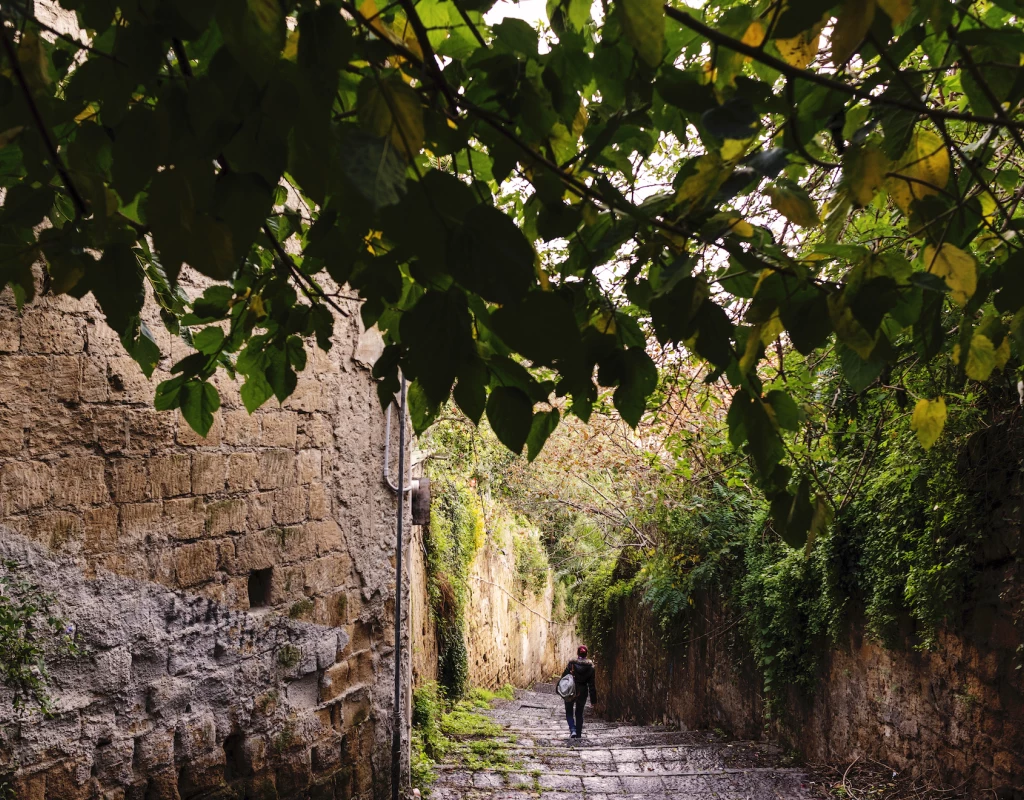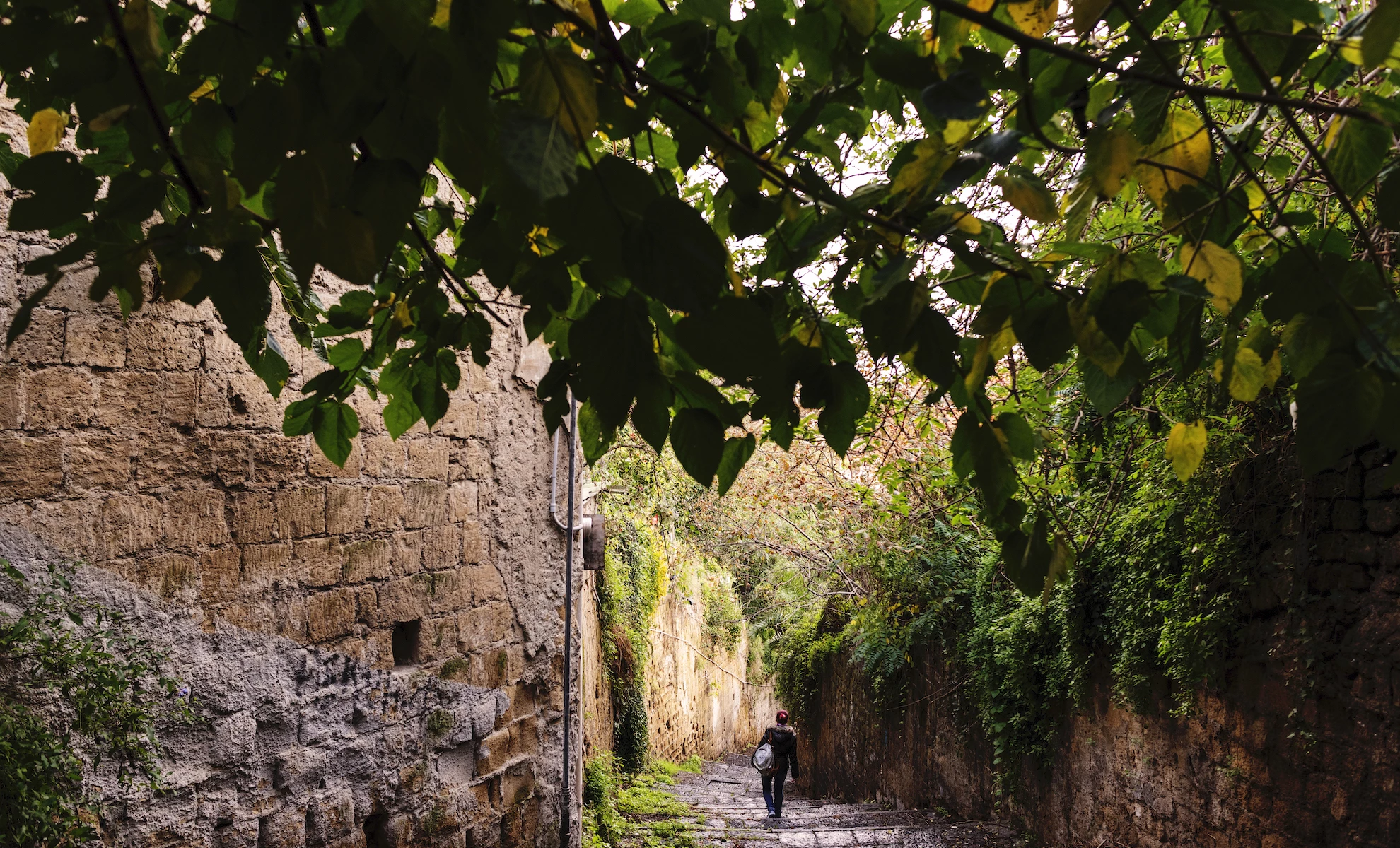“Visit Naples, then you can die”, says the famous Goethe quotation about the city. But what is the best point to enjoy Naples? Everyone, whether it’s one-day tourist or a very Neapolitan, has his place of the heart to contemplate so much beauty, his own postcard printed in memory.
From Castel dell’Ovo, from Mergellina, from Posillipo or from Certosa di San Martino, before our eyes are shown the views that already in the nineteenth century were reproduced in the paintings of the artists of the Posillipo School.
They are iconic images of a narrow Naples between the sea and Vesuvius, with the sun kissing the colorful facades of historic buildings or making the golden color of the tuff even more intense. They are images with an antique flavor, always exciting at first or yet another look.
View of Naples from Mogliariello | Ph. Anna Monaco
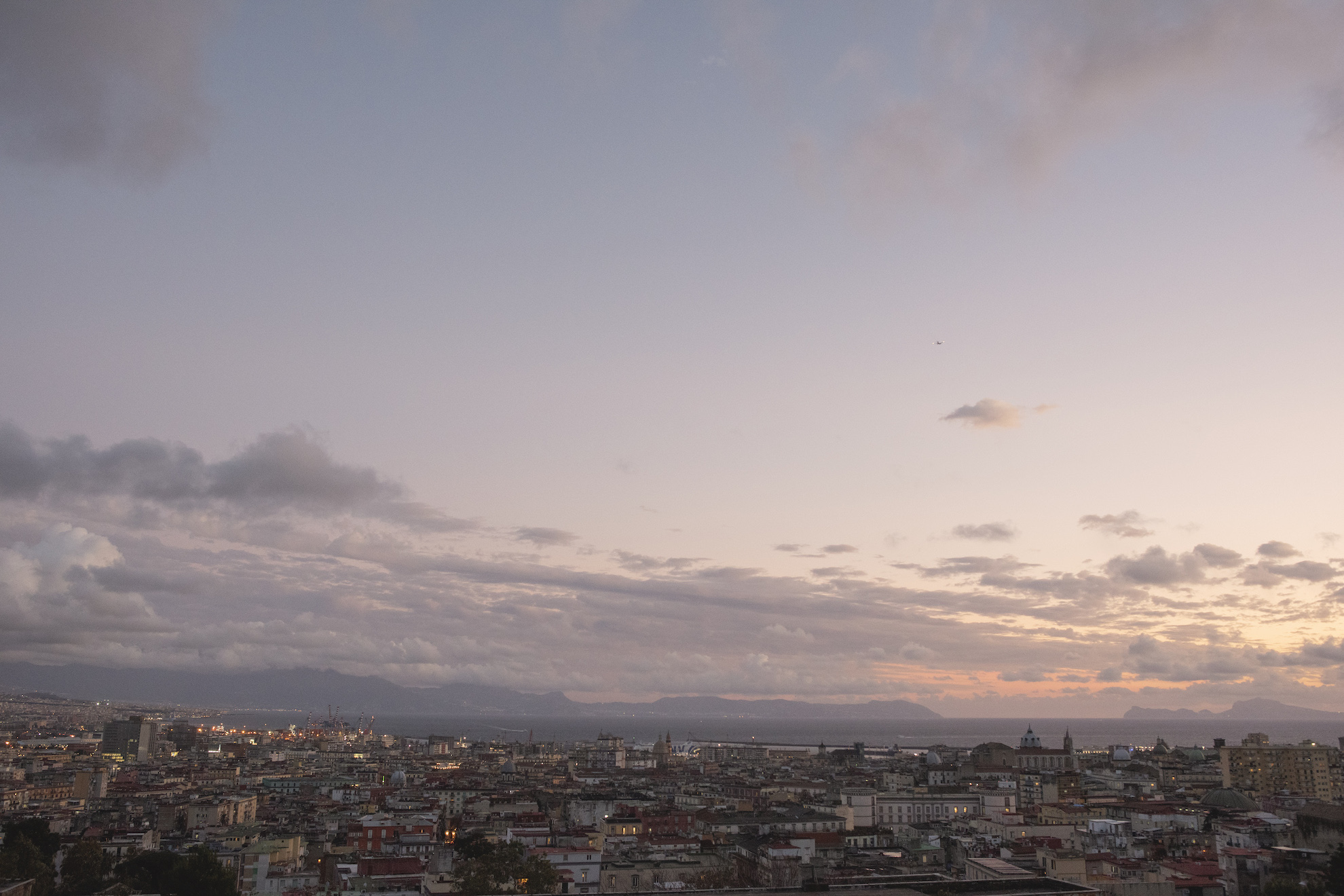
To capture these views, you can walk along the seafront or climb up the hillside neighborhoods. But there is also another way of seeing the city, from above, through slightly more challenging routes but able of giving unexpected landscapes. Climbs, ramps, hairpin turns and glimpses of the sea, just a handful of kilometers away from the city traffic: it is the Salita of Moiariello, one of the most famous urban trekking in Naples.
It starts from the noisy via Foria, with the eyes focused on Capodimonte and without the urgency to reach the reassuring green lawn of the forest, because along the road an unusual beauty is to be grabbed. Little alleys, balconies, votive shrines, confused voices, walk together with the climb that winds between Montagnola, Ottavio Morisani street and the Moiariello. The name “Moiariello” comes from “moggio” (modius), the unit of measurement used for agricultural land. The word suggests that once there were gardens and crops here, then replaced by houses. But among the botanical and vegetable gardens something survives.
Ph. Anna Monaco
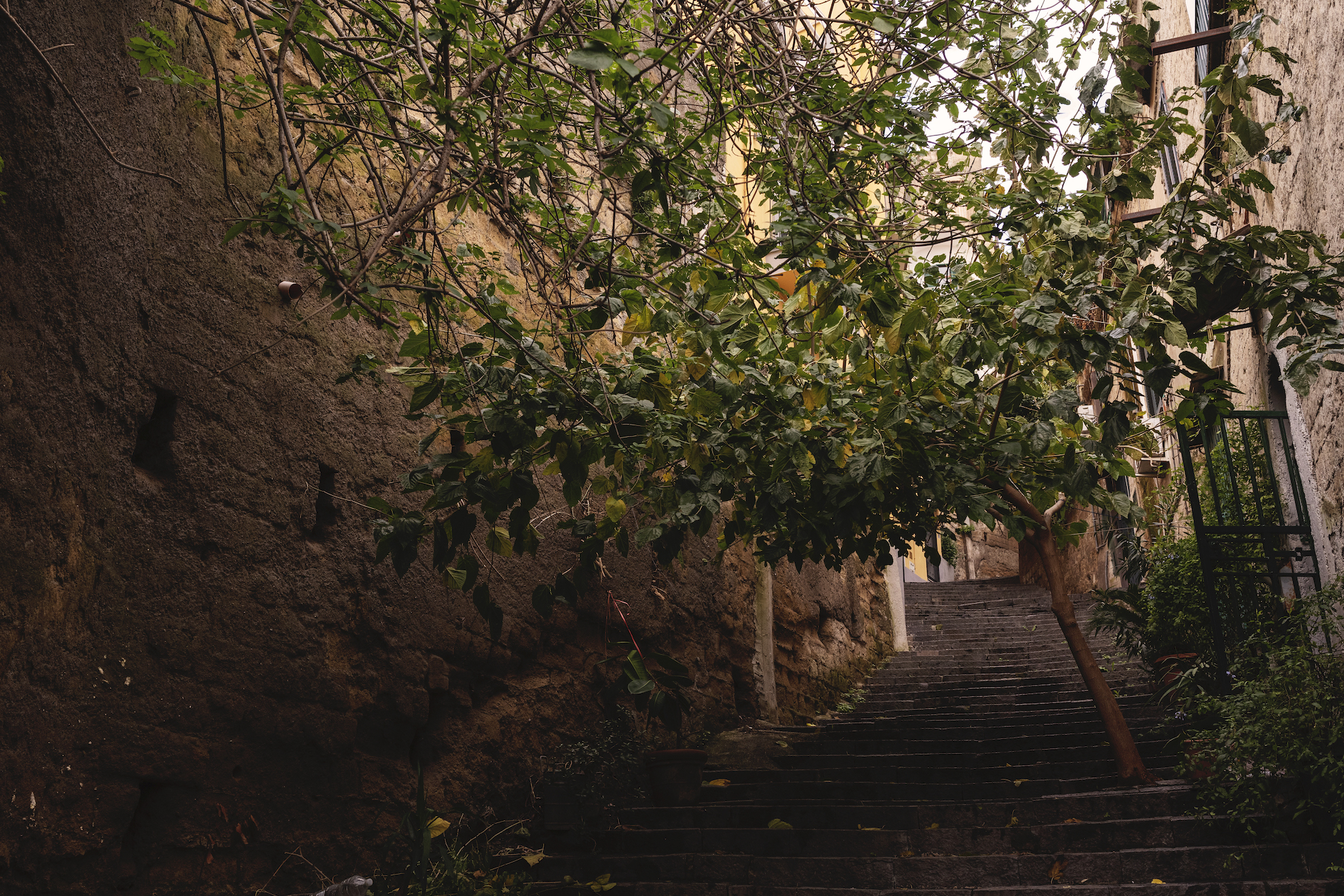
The slope of the road can take your breath away, but also some glimpses , beautiful because unconventional. From here you can see Naples not flown through the sea, the Vesuvius does not seem so far, a myriad of houses with indistinguishable colors, houses that look like tiny compared to the silver skyscrapers of the business center.
It is the urban landscape, perhaps not very romantic for the Vedutisti of the past, but very realistic and contemporary. “Per aspera ad astra” (Through difficulties to the stars), the ancient would say. And in this case they would be doubly right because the Moiariello also allows us to reach the Capodimonte Astronomical Observatory. Established in 1812 under Murat and completed in 1819 by Ferdinand I, the building houses the observatory, the museum of astronomical instruments and a very rich library.
Torre di Palasciano | ph. Anna Monaco
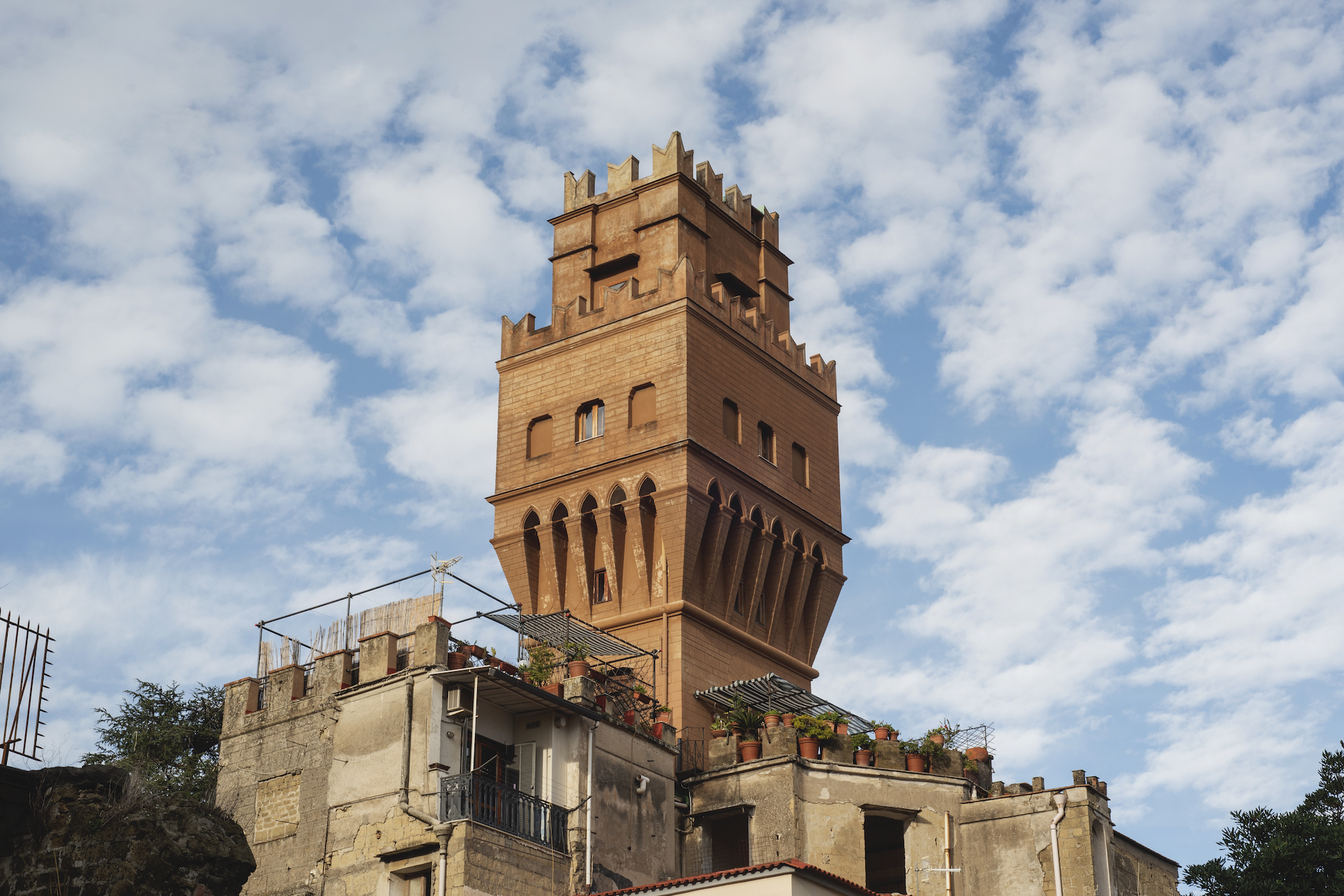
And still standing with the nose upwards, you can see a tower towards Capodimonte: it’s the Torre di Palasciano, from the 1800s, and like all towers, is the protagonist of a ghost story. The tower is part of a big property on the Miradois hill (from the Spanish “Mira todos”) belonged to the doctor Ferdinando Palasciano, whose ghost – the tradition says – still flutters in the villa. And how to blame him, with such a view!
